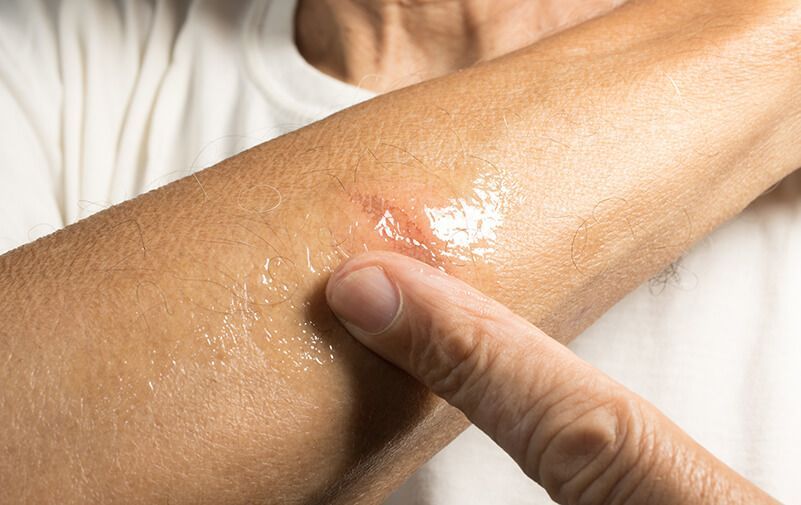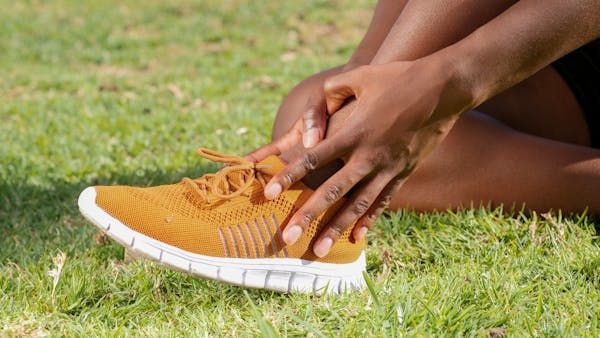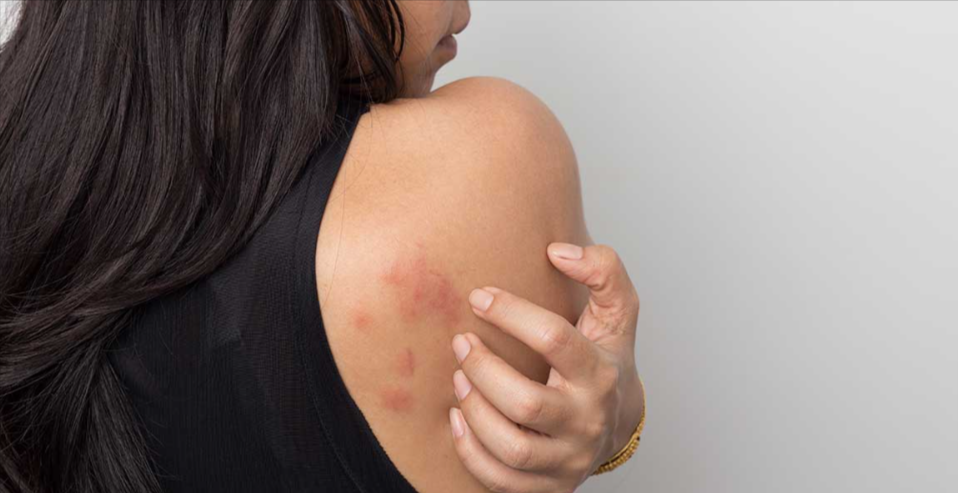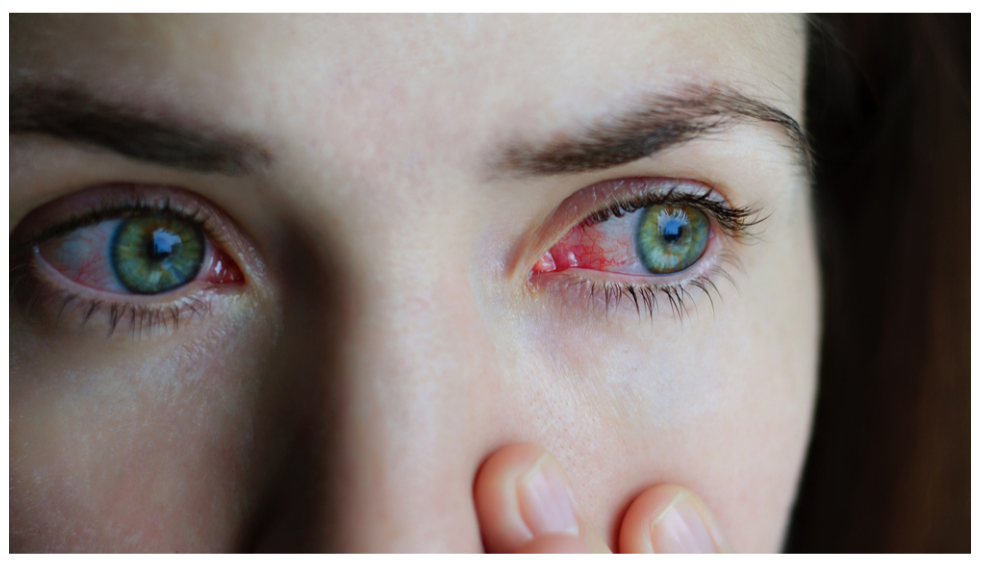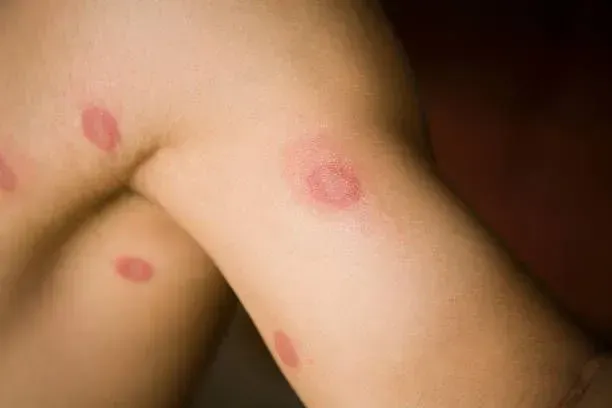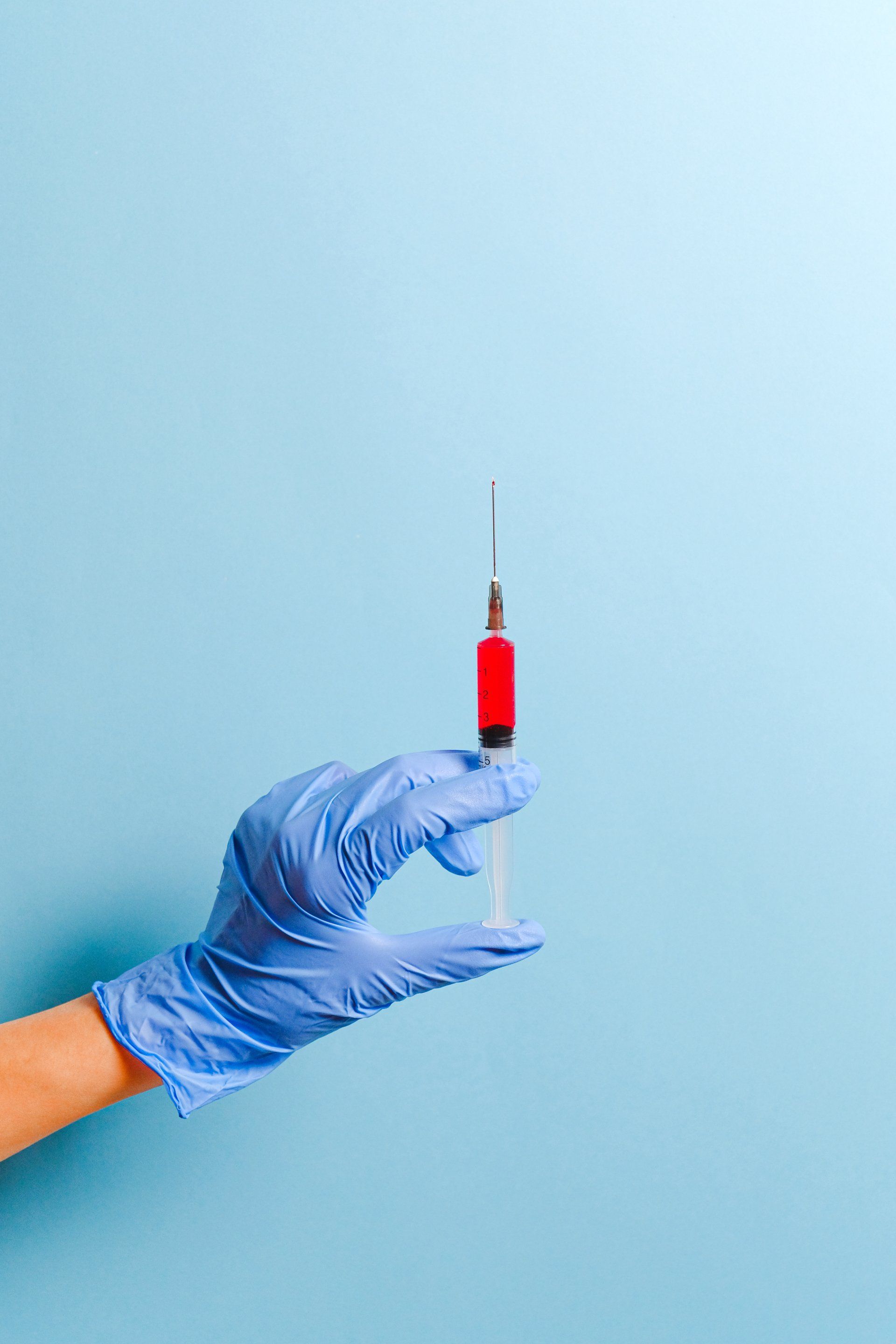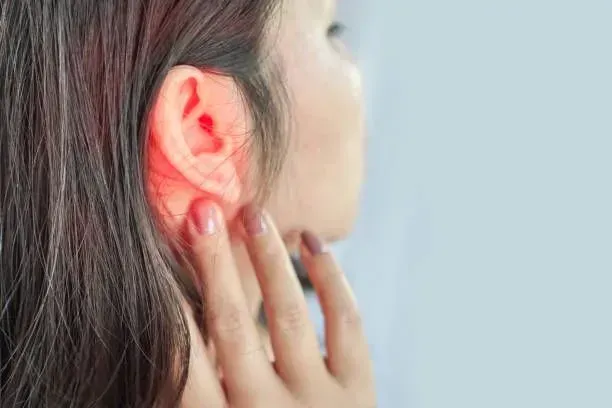How to Know When to See a Doctor About Your Sunburn
Sunburns can be more than an uncomfortable inconvenience; they can have serious health implications. Knowing when to seek medical attention for sunburns can ensure proper treatment and prevent potential complications. When searching for "trusted urgent care services near me," UrgiClinic Urgent Care is dedicated to providing comprehensive healthcare services, including sunburn treatment.
Below, we will guide you on recognizing the signs that indicate the need for medical help and share insights on when to visit an urgent care clinic for professional care. Understanding the importance of timely intervention can protect your well-being and promote optimal skin health.
Understanding Sunburns
Sunburns are a visible sign of skin damage caused by overexposure to ultraviolet (UV) radiation from the sun or artificial sources like tanning beds. When exposed to excessive UV radiation, the skin cells become injured. This causes inflammation and the characteristic redness, warmth, and tenderness associated with sunburns.
The severity of sunburn depends on various factors, including the intensity and duration of sun exposure, the individual's skin type, and the level of sun protection used. Mild sunburns typically result in redness, minor pain, and peeling, while severe sunburns can cause blistering, intense pain, and even systemic symptoms like fever and chills.
Sunburns can have long-term consequences beyond immediate discomfort. They can increase the risk of skin cancer, premature aging, and eye damage. Therefore, taking sunburns seriously and practicing sun safety measures is crucial.
However, despite our best efforts, sunburns can still occur. In the following sections, we will explore how to prevent and assess the severity of sunburn, and determine when it's necessary to seek medical attention from urgent care clinics
Preventative Sunburn Measures
Protecting your skin from sunburn is necessary to maintain health and reduce the risk of long-term damage. Implement these preventative measures to minimize the chances of getting sunburned:
1. Apply Sunscreen
Use a broad-spectrum sunscreen with a high sun protection factor (SPF) of 30 or higher. Apply it thoroughly to all exposed areas of skin, including your face, neck, arms, and legs. Reapply every two hours or after swimming or sweating.
2. Seek Shade
When the sun's rays are strongest (typically between 10 am and 4 pm), find shade under trees, umbrellas, or canopies. Limiting direct sun exposure during these hours reduces your risk of getting sunburned.
3. Wear Protective Clothing
Cover your skin with lightweight, loose-fitting clothing that covers your arms, legs, and torso. Opt for tightly woven fabrics that provide better protection against UV rays.
4. Use Accessories
Remember to protect your head, face, and eyes. Wear wide-brimmed hats, sunglasses with UV protection, and lip balm with SPF.
5. Be Mindful of Reflective Surfaces
Water, sand, and snow can reflect UV rays, increasing exposure. Take extra precautions in these environments and reapply sunscreen more frequently.
By following these preventative measures, you can significantly reduce your risk of sunburn and protect your skin's health. Sunburn prevention should be a year-round practice, not just during summer or sunny days. Prioritize your skin's well-being and enjoy the outdoors safely.
Self-Assessment of Sunburn Severity
When it comes to sunburns, it's vital to assess the severity of the burn to determine the appropriate course of action. By conducting a self-assessment, you can gauge the extent of the damage and decide whether it's necessary to seek medical attention.
Start by examining the affected area. Look for redness, swelling, and blistering. Mild sunburns may present with slight redness and tenderness, while severe sunburns can lead to extensive blistering and pronounced inflammation. Next, assess the intensity of pain and discomfort. Mild sunburns typically cause minor discomfort, whereas severe sunburns can be excruciatingly painful, making it difficult to carry out daily activities.
By conducting a thorough self-assessment, you can gauge the severity of your sunburn and make an informed decision about seeking medical help.
Home Care for Sunburns
When faced with a sunburn, there are effective home care measures you can take to alleviate discomfort and promote healing. Start by applying cool compresses or baths to soothe the skin and relieve any burning sensation. Moisturizing the affected area with aloe vera gel or a gentle, fragrance-free moisturizing lotion can help keep the skin hydrated, reduce dryness, and minimize peeling.
Stay hydrated by drinking plenty of water, as sunburns can lead to dehydration. Further, avoid sun exposure until the sunburn has completely healed, as it can exacerbate the damage and prolong recovery. While these home care measures are suitable for mild sunburns, seek medical attention if you experience severe pain, blistering, signs of infection, or systemic symptoms. This is especially true for children, as their skin is more sensitive and may require support from a pediatric urgent care center.
Signs that Require Medical Attention
While most sunburns can be managed at home with self-care measures, certain signs indicate the need for medical attention. It's essential to be vigilant and recognize when professional care is necessary to avoid complications. If you experience any of the symptoms below, seek a 24 hour urgent care clinic for support.
Persistent Pain
One red flag is experiencing severe discomfort that doesn't improve with over-the-counter pain relievers or home remedies. This could indicate a more severe burn or an underlying complication.
Blistering
Blisters covering a significant portion of the body also warrant medical attention. Large or numerous blisters can increase the risk of infection and delay the healing process.
Fever and Headache
High fever, dizziness, or signs of dehydration are concerning symptoms that may indicate a more systemic reaction to the sunburn.
Signs of Infection
Signs of infection, such as pus, increasing pain, red streaks, or warmth around the sunburned area, require immediate medical attention. Infections can lead to severe complications and may require antibiotics.
Affecting Sensitive Areas
Sunburns affecting sensitive areas like the face, eyes, genitals, or large areas of the body should be evaluated by a healthcare professional to ensure appropriate treatment and prevent long-term damage.
By recognizing these signs and seeking medical attention promptly, you can ensure proper care and minimize the risk of complications. Urgent care services are ready to provide expert evaluation and treatment for sunburns and related concerns.
Seek Help from an Urgent Care Clinic
When it comes to sunburn, knowing when to seek medical attention is crucial. While mild sunburns can often be managed at home with proper care, sure signs indicate the need for professional evaluation and treatment. UrgiClinic Urgent Care is here to provide reliable and convenient medical services for sunburns and related complications.
By recognizing the red flags, you can take proactive steps to protect your health. Prioritize your well-being and contact UrgiClinic Urgent Care for expert care, ensuring a swift recovery and optimal skin health in the long run. Remember, your health matters.


